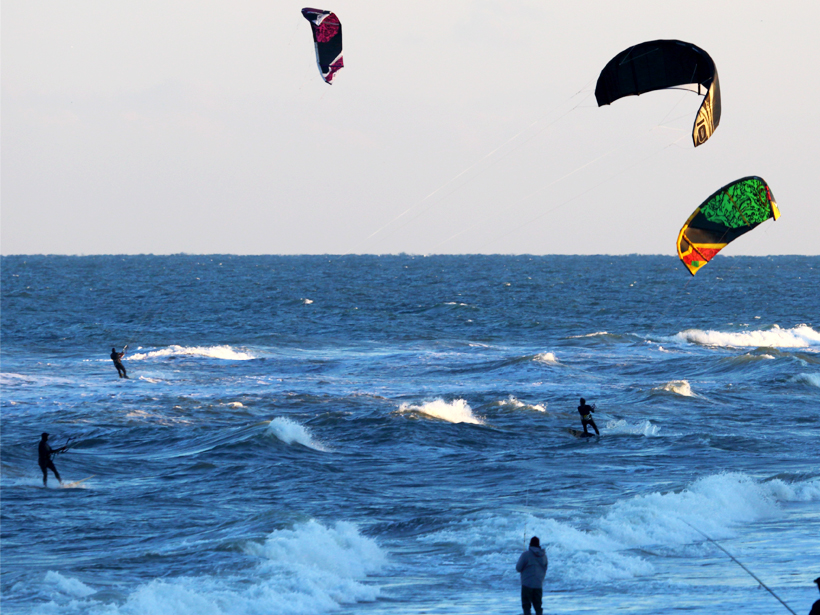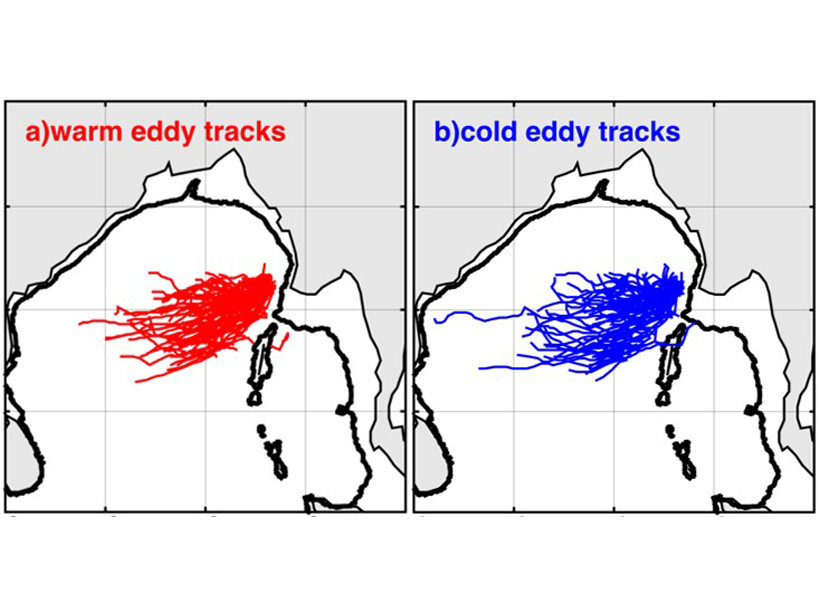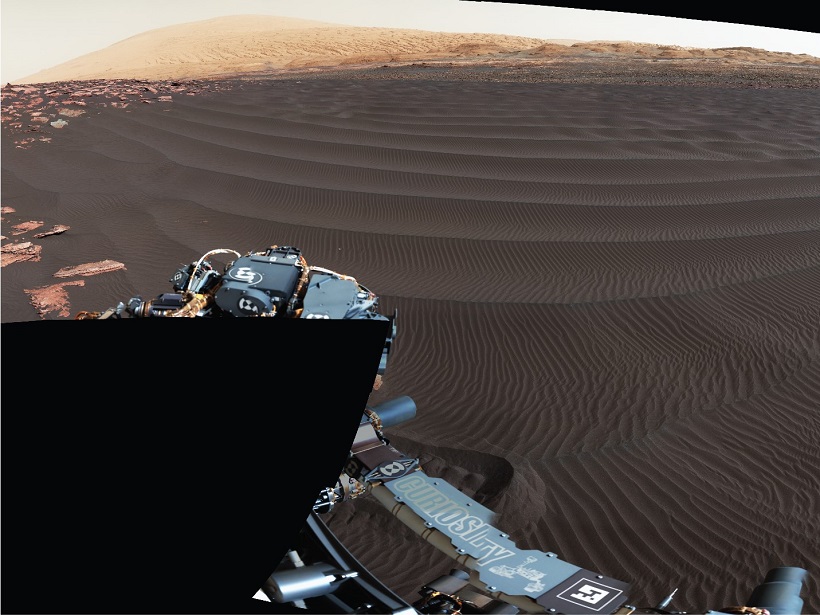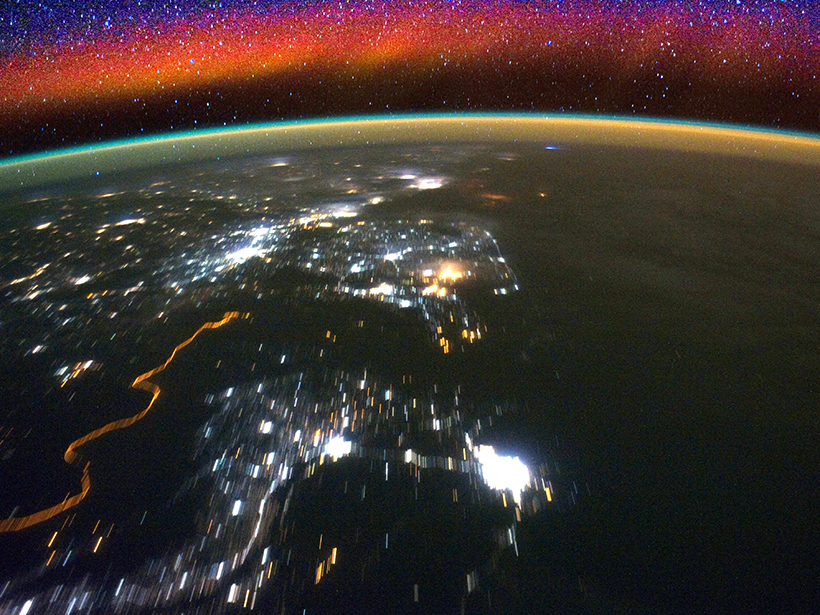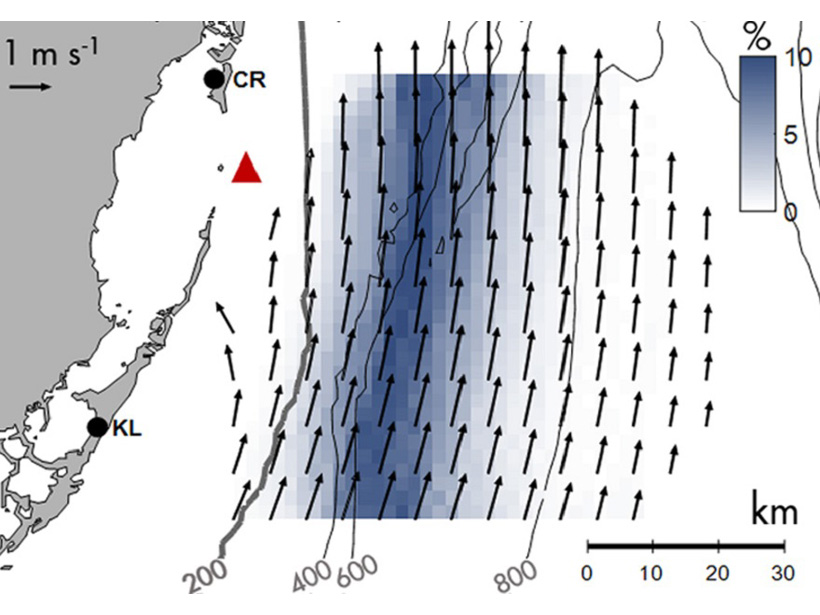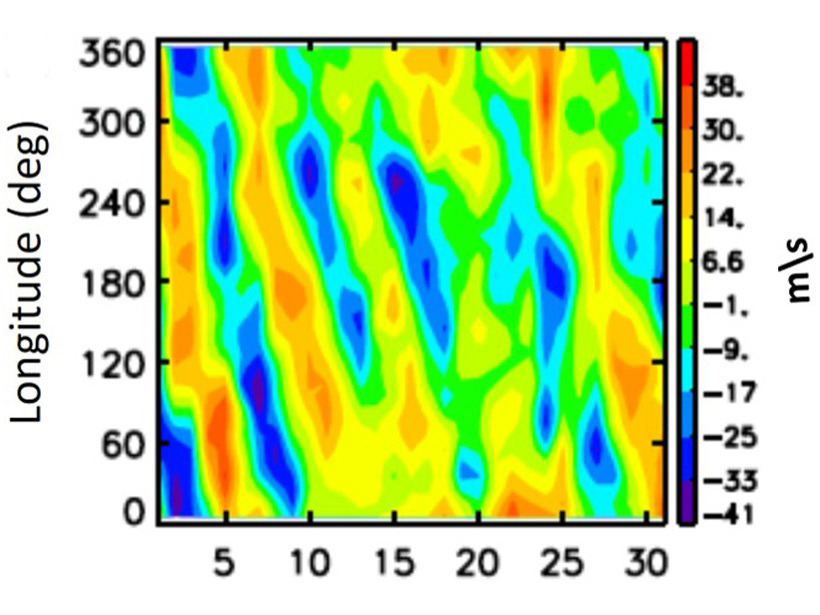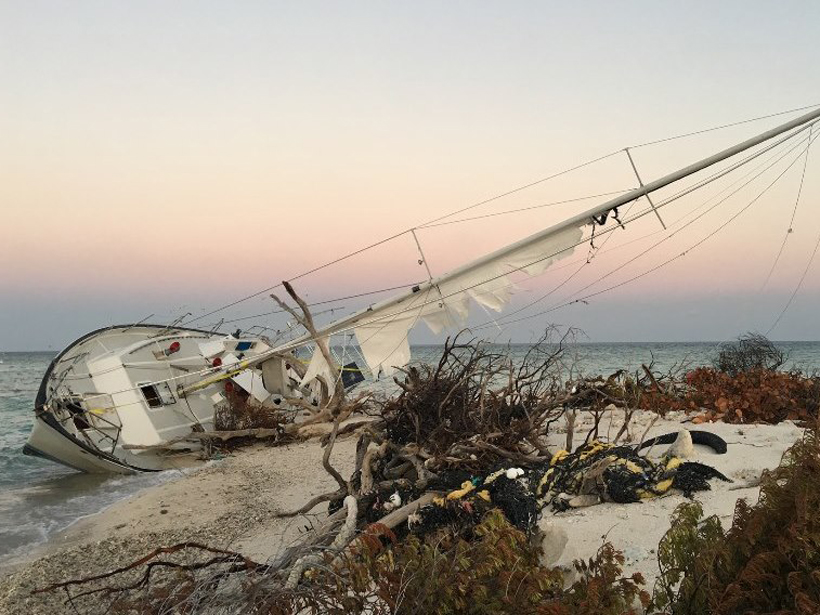Florida State University workshop on Satellite Observations of Ocean Surface Winds & Currents; La Jolla, California, 18–19 May 2018
wind
Eddy Generation in the Central Bay of Bengal
Eddies in the central Bay of Bengal are generated near the eastern boundary of the basin, related to equatorial wind forcing, nonlinearity, and the topographic “bump” of Myanmar.
Seeing Mars in a Grain of Sand
The second phase of Curiosity’s campaign at the Bagnold Dunes brought new observations of windblown sands during Mars’s windy season.
Wind Speed Governs Turbulence in Atmospheric Inversions
Measurements made during a field campaign in Idaho indicate that the speed of winds 2 meters above Earth’s surface determines the type of turbulence present in nighttime inversions.
High-Altitude “Wind Walls” Discovered near Magnetic Poles
Satellite imaging reveals two narrow channels of extreme winds surrounded by gentle opposing flow 140–250 kilometers above sea level.
Energetics of Western Boundary Current Surface Flows Are Similar
Despite different wind forcing and air-sea heating conditions, the surface layer energetics of two Western Boundary Current systems in different ocean basins are surprisingly similar.
Tides and Waves Interact to Cause Hurricanes in Near-Space
The interaction of tides and waves generated in the lower atmosphere can cause the mean zonal wind speed in the lower ionosphere to oscillate equivalent to a category 1 hurricane at Earth’s surface.
A Landscape Shaped by Wind
High-altitude aeolian research on the Tibetan Plateau offers insights into the past, present, and future.
Measuring Hurricane Wind Speed from Space
A new technique based on GPS signals could provide better wind speed measurements during hurricanes and cyclones.
Gulf Stream Slowed as Hurricanes Struck
Hurricanes Jose and Maria temporarily decelerated this powerful ocean current’s flow last year, according to data from an ocean glider that rode the stream between Florida and Massachusetts.

